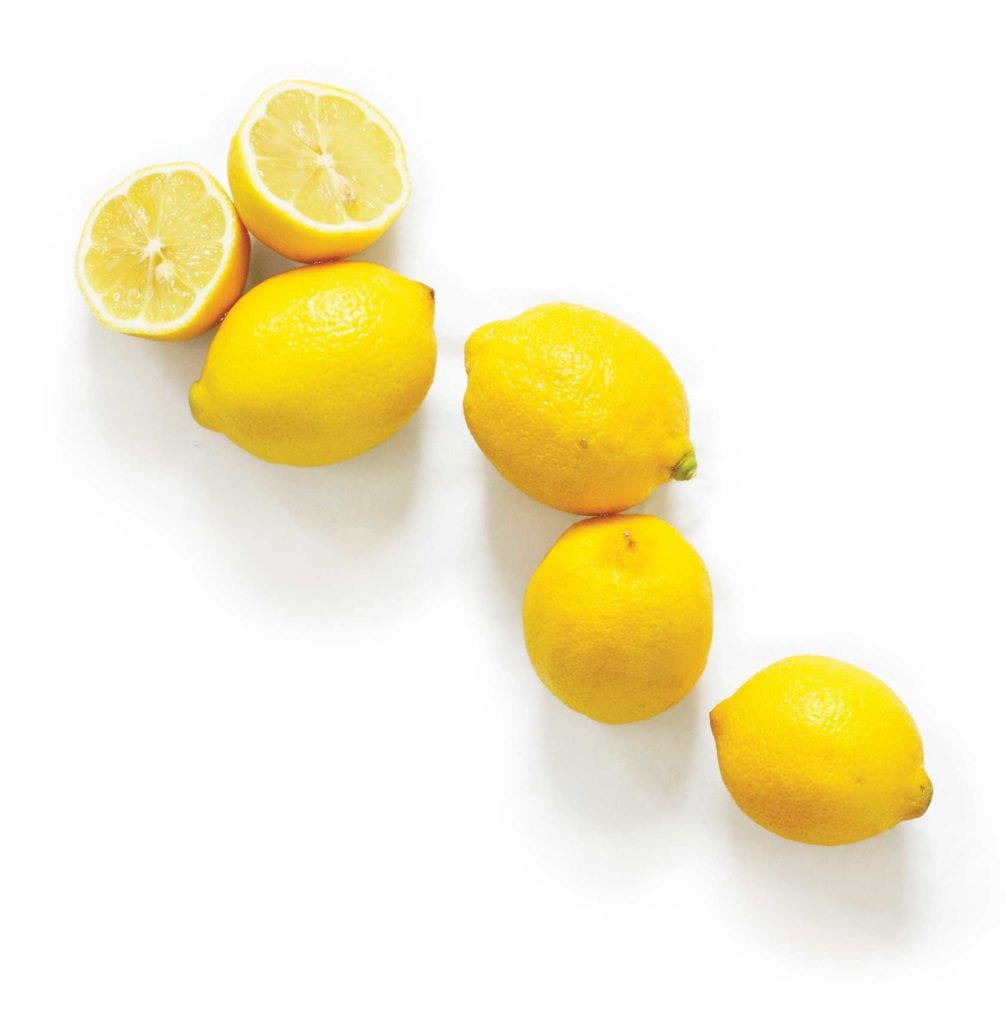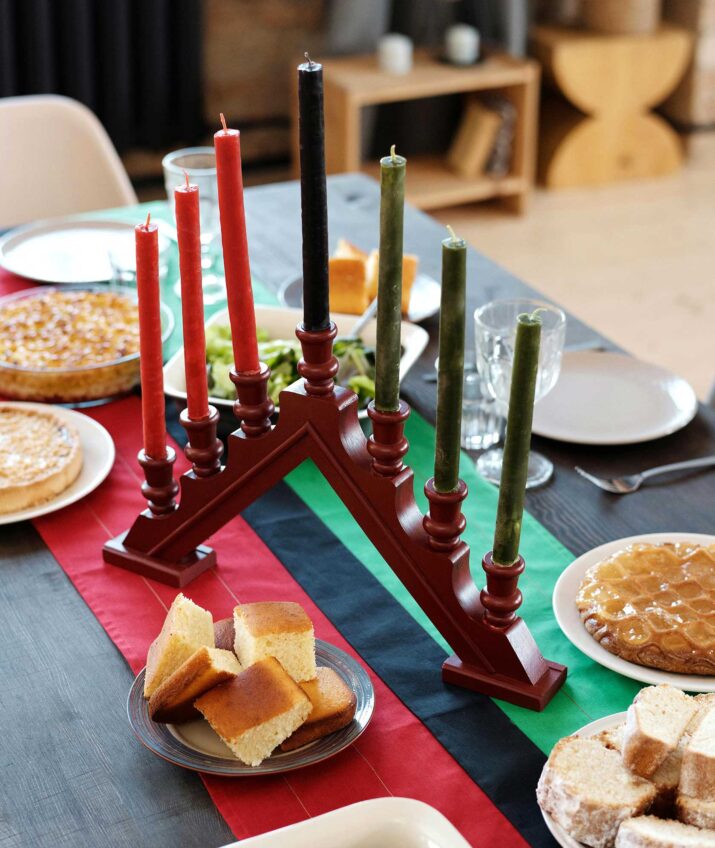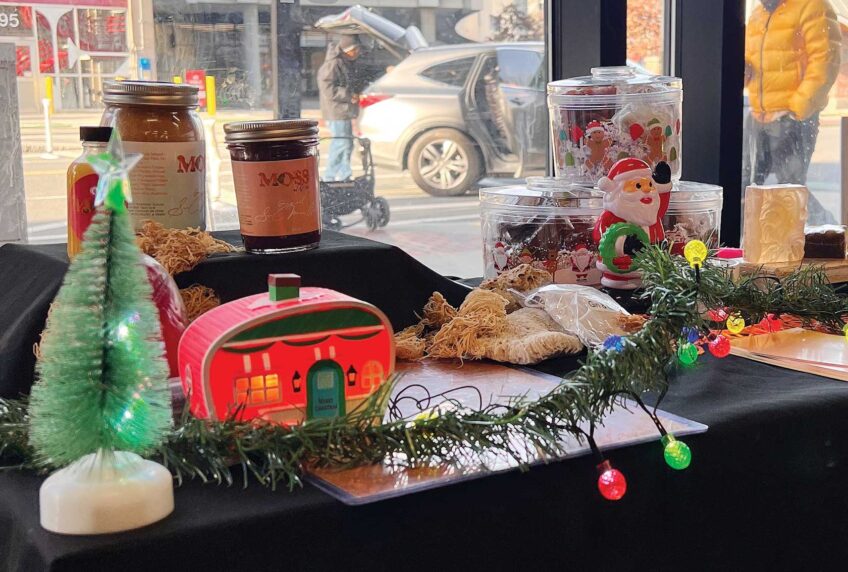
If I could get across one point today, it would be that people should be putting lemons in blenders.
Everything but the seeds. Don’t stop blending until all the lemon flesh, pith and zest have been homogenized into a creamy vortex in the center of the blender.
Blending a lemon makes a pale yellow puree with a bright flavor that embodies everything good about lemons. Any recipe that calls for lemon juice, from ceviche to salad dressing, lemonade to lemon pie, will also benefit from this lemony foam. Blended lemon does lemon juice’s job, but with more zeal and texture. And there is more of it, per lemon, than juice alone.
Eaten straight with a spoon, it’s a blast of sharp, refreshing complexity.
Deeper flavors
There are a few things worth adding to blended lemon. Lime juice fills out the lemon flavor, a combination captured in Sprite. But lime pith is ruthlessly bitter, so it doesn’t work to blend whole limes as we do lemons. Squeeze the limes, the old-fashioned way.
I’m still glowing from a recent batch of scallops, marinated in the fridge overnight in blended lemon puree, with lime juice and soy sauce. Since then I’ve mixed blended lemon with olive oil, lime and salt into a simple, refreshing salad dressing.
But let’s be realistic: You will probably be adding sugar to your blended lemon, along with that lime. Blending in the sugar makes the texture even smoother, and makes the slurry so dangerously edible you might need to hide the spoons. You are now at the lemonade stage of the blended lemon sequence. From here, mix this concentrate with water, in a blender or in a glass, at about a tablespoon concentrate per cup of water.
You are now ready for summer.
Custard stage
The next stage of the blended lemon sequence is what I call the custard stage. It includes the likes of blended lemon pudding, pie, curd, pots de crème and bars.
Pots de crème have a decadent, cheesecakey body, but the cream is slightly at odds with the lemony zing. Cream would be better added in whipped form, atop a lemony treat. A pot of blended lemon curd, meanwhile, stirred carefully in a double boiler, has a taffy-like density and piercing lemony flavor. But at the end of the day, it’s a pot of yellow goop. A pie is basically a baked version of curd, and the baking gives it a rich texture and dense texture, but who has time for crust? Not I.
You won’t find me shaving frozen butter or rolling out batter or powdering the room with flour. I just apply a dusting of flour on the bottom of a pan, and pour the curd mixture over it. The butter in the curd seeps down into the flour while it’s baking, forming a crust-like material that does what I need crust to do. Namely, allow me to remove my goodie cleanly, with no chunks left behind, and leave the pan easy to clean. The relative blandness of this invisible crust does, admittedly, offer a pleasant refuge from the deluge of bright flavors in the baked custard. The flour humbly does its job, giving the curd a platform on which to do its golden, lemony thing.
Recipes
Blended Lemon
Yields about 2 cups
4 lemons
Wash them, slice off the nub at one end of each fruit, and cut the lemons into quarters. Squeeze them through a strainer, as if you are making lemon juice. Be sure to push out all of the seeds. Add the lemon quarters and lemon juice to the blender, and start it on low. Stop and scrape down the sides if necessary, and keep it on low until it makes a smooth vortex. Turn up the speed progressively higher, as high as you can and still be able to still have a vortex. When you get to the highest speed, hold it there for about 30 seconds.
Blended Lemon Curd Bars
Fills a 13×9 pan ¾-inch deep
4 blended lemons (see above)
¼ cup lime juice
2 cups sugar, which will leave the curd on the sour side; add more to taste if you wish (or dust the finished product with powdered sugar)
8 tablespoons butter, room temperature
2 teaspoons vanilla
6 eggs
1 tablespoon flour
2 teaspoons salt
Optional: a cup of frozen blueberries; whipped cream; powdered sugar
Preheat oven to 350 degrees.
Add the sugar and lime to a blender that contains four recently atomized lemons, and blend at high for 30 seconds. If you are keeping score, this is the lemonade stage.
Add the butter and vanilla, blend on high until mixed, about 15 seconds. Finally, add the eggs, and blend once more until smooth. This is the custard stage.
Scatter the flour and salt on the bottom of a nonstick or glass baking pan. Spread it evenly but not obsessively; don’t try to cover every place where you can see the bottom of the pan. Slowly pour the raw curd into the pan. It will be about an inch deep in a 13-inch pan. Place it in the center of the oven.
After 30 minutes, scatter the frozen blueberries, if using, atop the deep yellow curd.
The sides cook first, bubbling under a shiny skin that creeps inward toward the middle. When the edges start to lightly brown — about 45 minutes — turn off the oven. Leave the oven door closed and let it cool to room temperature. Chill until serving time.



![Banner [Virtual] Art Gallery](https://baystatebanner.com/wp-content/uploads/2024/04/Cagen-Luse_Men-at-store-e1713991226112-150x150.jpg)



